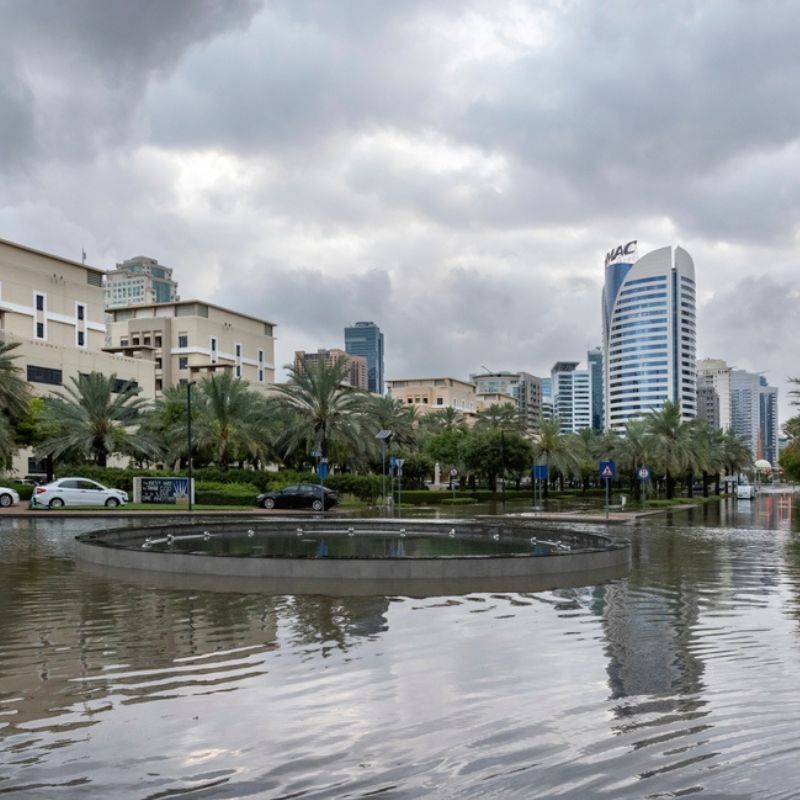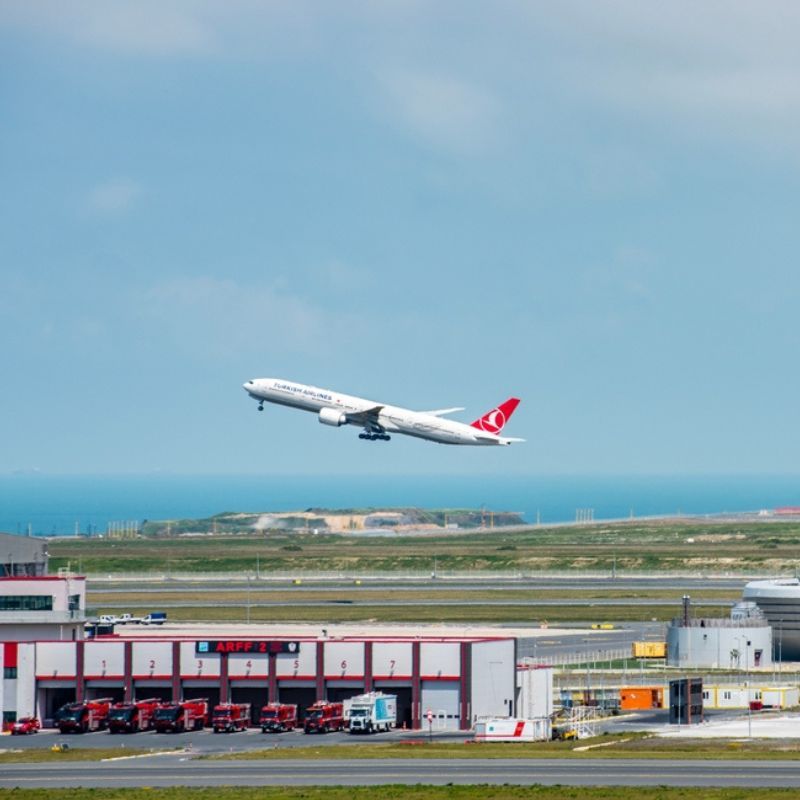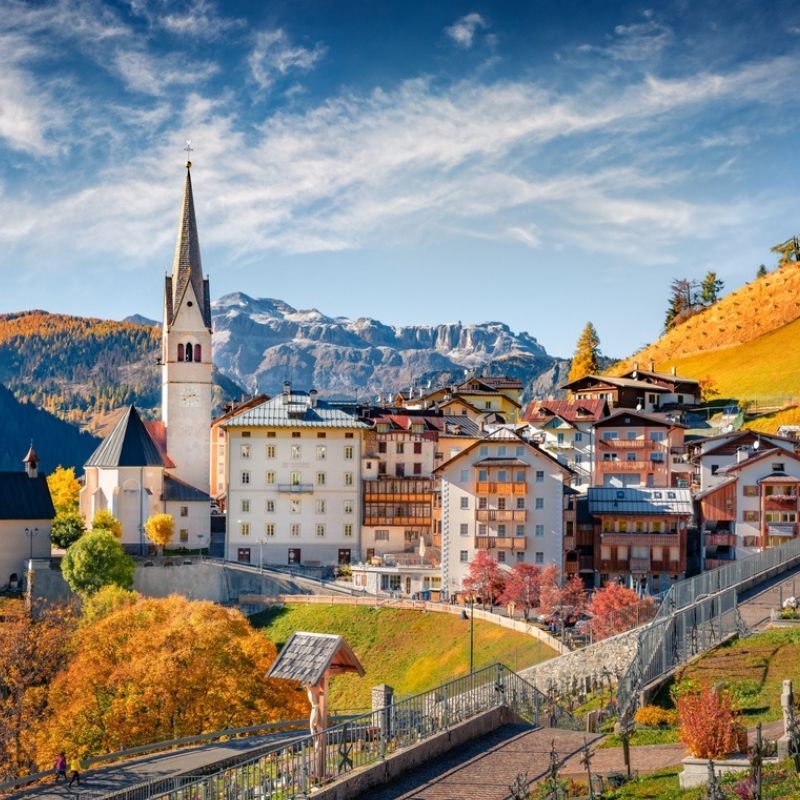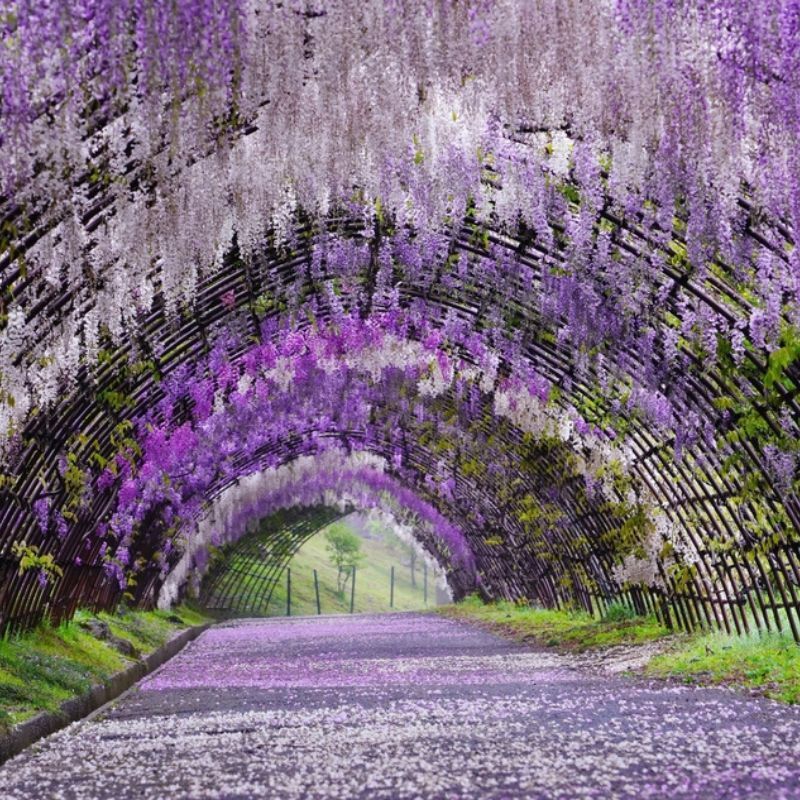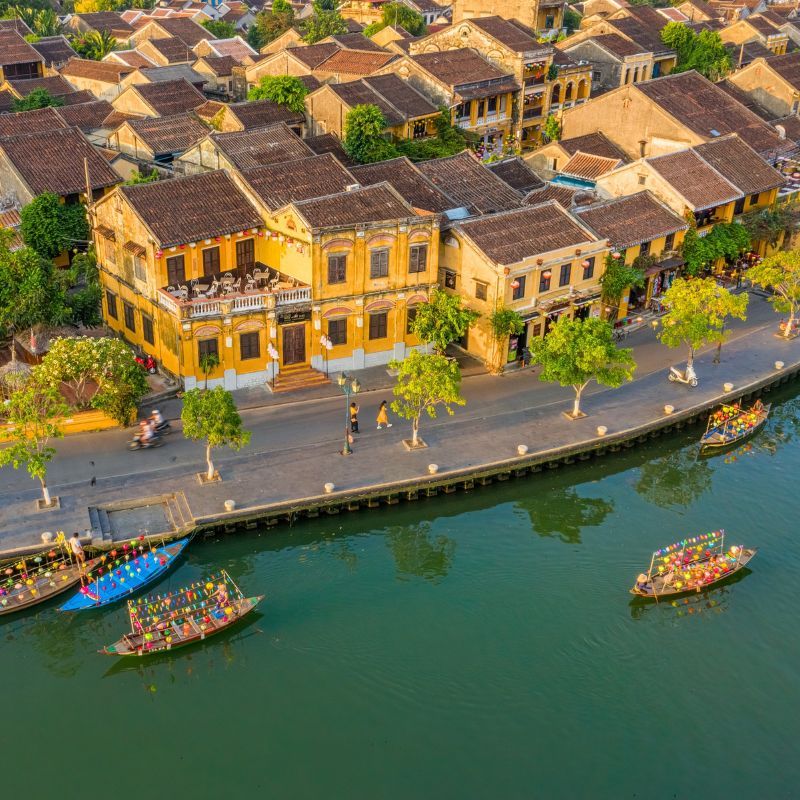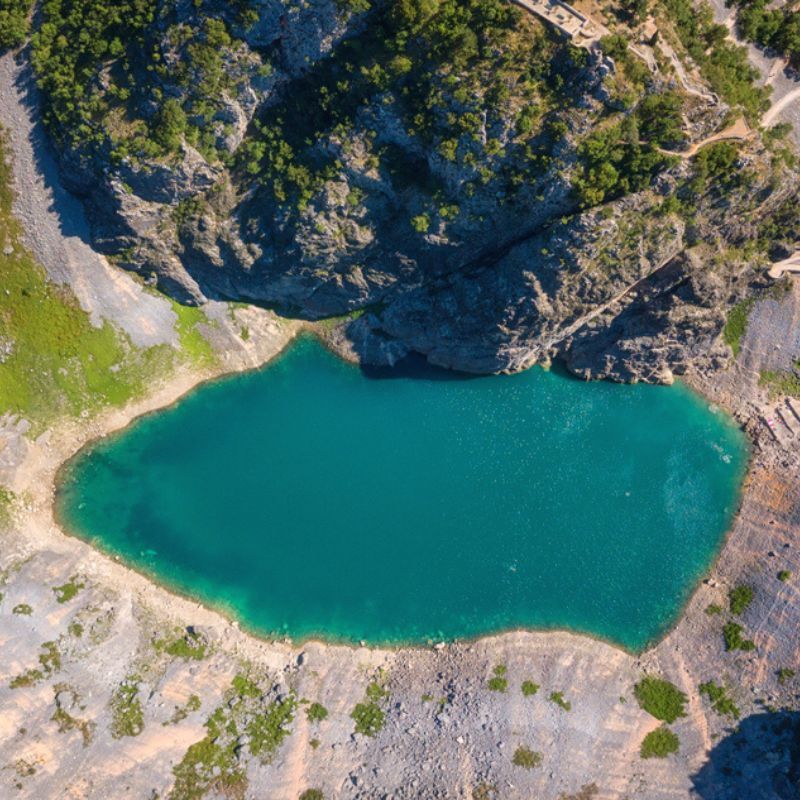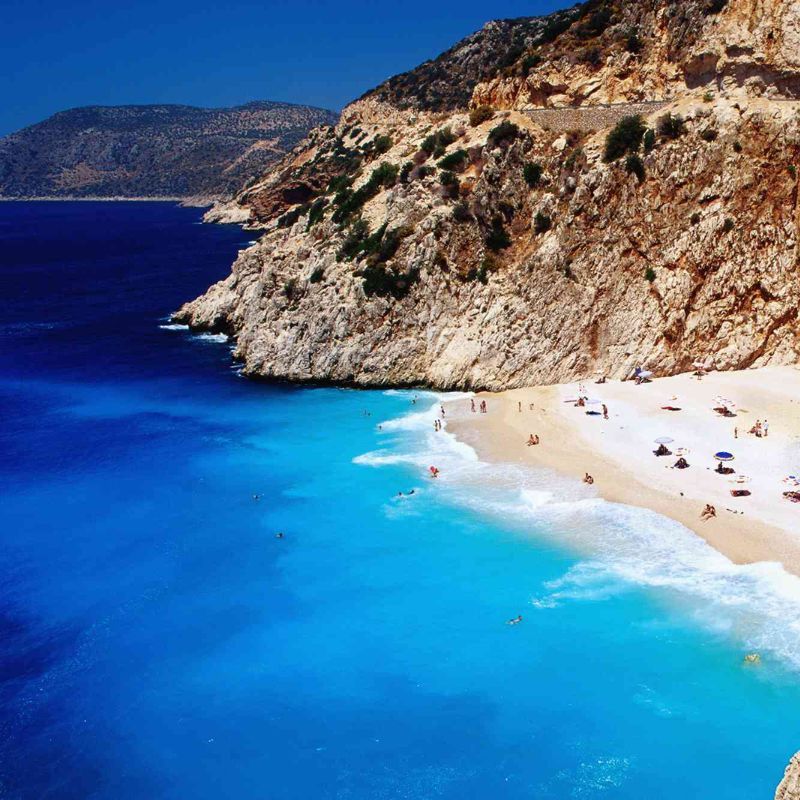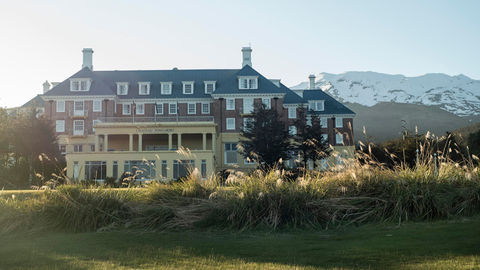
On New Zealand’s wild and lush North Island, Sarah Moss journeys through snowcapped mountain ranges and tranquil vineyards—following the sound of exotic birdsong all the way. By Sarah Moss
Our first night in New Zealand, there was hooting in the darkest hours, from nearer and farther around the flowering gardens of suburban Auckland. Come dawn, more of a chorale than a chorus. I got up, leaving my 12-year-old son, Felix, sleeping the sleep of the jet-lagged preteen, and ran along streets of pastel-painted wooden houses, down through a park whose trees I couldn’t name, to the shore of the Pacific Ocean, which I was seeing for the first time.

I was making stops in Auckland and Wellington on a book tour, and had decided to slip a week’s vacation with Felix in between. We took the train 644 kilometres across the North Island, with a visit to Tongariro National Park along the way. There were some locals onboard the Northern Explorer—one couple attending a high school reunion and another, greeted by name by the guard, on their way to visit grandchildren—but it’s mostly a tourist line, leisurely and comfortable, offered as an experience of landscape as much as an efficient mode of transport. Carriage windows curve up to the roof, and there’s an outdoor viewing platform where you can rush from side to side, wind in hair and camera in hand, as mountain ranges rise and woodlands pass at a speed compatible with bird-spotting . We had a bird book, and learned that the large, blue-breasted swamphens puttering around the shrubs lining the tracks were known as pukeko. There were starlings and sparrows like the ones we have back home in England. Nineteenth-century Brits devoted unconscionable energy to making New Zealand look like home, and at a cursory glance farming areas could be the Cotswolds or the Yorkshire Dales. But then comes an outburst of cabbage trees or a gathering of hopbushes, the rise of bright wings, and always that birdsong.

North Island landscapes vary quickly, however, and by the time we got to Tongariro National Park, the landscape was more like southeastern Iceland . Both are active volcanic terrains where lava fields surge between mountains, and both lie in cool temperate zones where rain on rich soil nurtures distinctive plants, insects, and birds. We stayed at Chateau Tongariro Hotel (doubles from INR 11,978), a neo-Georgian palace implausible amid heather and low cloud. It was built in the 1920s, a pioneer of luxury tourism in New Zealand (I later found an early menu displayed in Te Papa, the national museum in Wellington), and continues the traditions of that era. There’s elaborate plasterwork on monumentally high ceilings, a sweeping staircase , and enormous windows framing views of Mount Ruapehu.
We arrived in rain—the North Island is as green as England , and for the same reason—but as we set out from the hotel gardens on one of the hiking trails, the sun came out, highlighting shades of sedge green and buttercup yellow on the rain-washed moorland. Snow-covered mountains appeared behind the high heath where we were walking, but the gorse was in bloom and trees in full leaf. A marsh harrier wheeled overhead, its piping call belying serious hunting skills .

The next day, we were shuttled to the town of Pipiriki to take a jet-boat trip with Whanganui River Adventures. I’d arranged this mostly to please Felix —I prefer to explore waterways at the pace of a kayak—but I found the landscape and history surprisingly moving. Our guide, Thomas Hawkins, a Maori man whose family has hung on to their farm through 200 years of illegal European property seizures, told us about the river and its banks in a way that only someone who has inherited the land could.
Hawkins still farms, but his family also runs a company providing various ways of exploring the river, from multi-day kayaking and camping trips to this jet-boat excursion to the Bridge to Nowhere, which was built across the Mangapurua stream in 1935 as part of a plan to open up the area to European farmers . The scheme was typically hubristic: once the native forest had been felled and burned for pasture, there was nothing left to secure the topsoil, which slid off the underlying rock in just six years, leaving the remote area uninhabitable and obviating any reason to complete the road. The bridge stands, a monument to imperial shortsightedness. But it’s a beautiful woodland walk from the jetty to the bridge, and a shady place to enjoy a picnic and reflect on the history of colonial ambition. On the way back, Hawkins put most of his passengers sedately ashore and then took me and Felix out for some fast 360 degree spins, which delighted Felix and pleased me more than I thought it would.

The Tongariro Alpine Crossing is a classic New Zealand hike, 19 kilometres around the shoulder of Mount Tongariro. It’s a good idea to have a guide, especially in wintry conditions and with a child. We met our small group of hikers earlier in the morning than Felix considered humane. The conditions felt Alpine: bright sun, cold air, the land around us burgeoning with spring plants but deep in snow not much higher up. Lark-like birds waltzed overhead. At first, the trail crossed a lava field of bare red newly-born rock, on which plants have not had time to settle. Then we climbed up a steep volcanic formation known as the Devil’s Staircase as a panorama unrolled below. The wind rose, the temperature fell, but we were still in sunlight. “Rain is coming,” our guide, Stewart Barclay , said. “Let’s get over the top before it hits.”
The first snowfield was dazzling, but as we began our descent the rain did indeed hit, sideways and hard. Barclay picked up the pace, fast enough for the weather to be almost exhilarating as the path wound back below the snow line, zigzagged down turf hillside, and came at last to the shelter of the silent trees.
Powderhorn Chateau (doubles from INR 11,969) was our lodging that night, an unpretentious but deeply comfortable hotel in Ohakune, one of the national park’s gateway towns. We stepped out of the rain into literal and metaphorical warmth, the staff being accustomed to hikers and skiers in urgent need of hot baths, good food, and great beds. Felix’s shoes were so wet he went to dinner in socks. We both ordered eccentrically and were given exactly what we wanted, a pile of sprightly asparagus and a red-pepper soup with good bread for me; pork-belly sliders and a salad for him. We had planned to enjoy the heated pool after dinner, but Felix fell asleep and I found my bed and book irresistible.

After our train reached Wellington the following morning, we rented a car and drove an hour to Featherston, a small town in the wine-growing region of Wairarapa. The town has six second-hand bookshops, a fine artisanal baker, and a weekly produce market on the main street : Felix reckoned all of life’s needs were met . We sat in bright sun under trees bearing ripe lemons, eating pastries and discovering New Zealand fiction while the orchard chimed with the call of what Felix nicknamed the glockenspiel bird. “Tui,” I said. I had looked it up after my run on our first morning; it’s native, an iridescent honeyeater.
In the neighbouring town of Martinborough, we rented bikes from Green Jersey Explorer Tours and cycled an easy 9.6-kilometre trail around the vineyards. Rows of vines and their shadows flickered geometrically, realigning themselves as we passed. Returning the bikes, we happened upon the Martinborough Sweet Shop (6 Kitchener St.; 64-2-198-7293), which offers tasting plates of locally made chocolates with citrus-scented herb tea served in vintage china. I tried to bargain with Felix for his Pinot Noir dark ganache, and failed.

We celebrated Felix’s 13th birthday with a trip to the Pukaha National Wildlife Centre, in Mount Bruce, which holds some of the area’s last pristine native forest. A nocturnal white kiwi bustled around its infrared-lit enclosure, exuding a ridiculous charm reminiscent of a puffin. Our Maori guide, Everlyn Chase, told us her community’s stories about indigenous birds, who sang back to her whistle.
There were farm stands selling strawberries and asparagus all along the road back. One of the joys of this trip was stealing a second spring from our northern winter, a second asparagus season, a second flowering.
GETTING THERE AND AROUND
Air New Zealand offers flights to Auckland from Delhi and Mumbai. The Northern Explorer Train departs from Auckland on Monday, Thursday, and Saturday mornings. It’s a nearly six-hour journey to Tongariro National Park, and another five hours to Wellington. The Wairarapa Connection is a commuter line that connects Wellington to Featherston.
Related: Tourism New Zealand Welcomes Indians With A Heartfelt Good Morning


